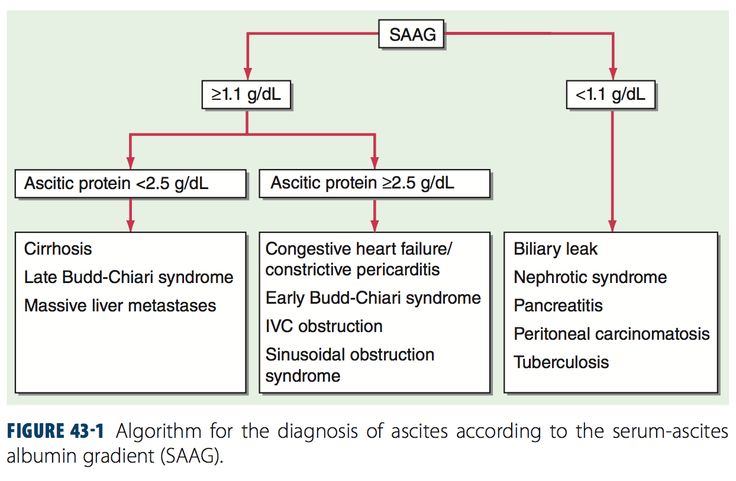Total Protein Calculation

Total protein calculation
The protein concentration was 100 ug/ml (=0.1 mg protein/ml). But your protein stock solution is 10 ml, hence 10 X 0.1 mg = 1 mg total protein in 10 ml solution; therefore your protein concentration in 1 g leaf would be 1 mg protein / g leaf.
What is a normal total protein?
Normal Results The normal range is 6.0 to 8.3 grams per deciliter (g/dL) or 60 to 83 g/L. Normal value ranges may vary slightly among different laboratories. Talk to your provider about the meaning of your specific test results. The examples above show the common measurements for results for these tests.
What is a g ratio formula?
The AGR was calculated using the equation AGR=albumin/ (total protein-albumin) and ranked from lowest to highest, the total number of patients being divided into three equal tertiles according to the AGR values.
What is total protein and albumin?
The total protein test measures the total amount of two classes of proteins found in the fluid portion of your blood. These are albumin and globulin. Proteins are important parts of all cells and tissues. Albumin helps prevent fluid from leaking out of blood vessels. It also carries chemicals in your blood.
How do you calculate 24 hour protein?
Gender-specific equations for predicting 24-hour proteinuria were: males: 24-hour proteinuria = 1.3350*exp0.9108*ln(PCR); females: 24-hour proteinuria = 1.0068*exp0.9030*ln(PCR).
Why is 6.25 the protein factor for most foods?
Historically, 6.25 was applied to all proteins based on two assumptions: (1) all proteins had a nitrogen content of 16% (100/16 = 6.25) and (2) all nitrogen was derived from protein.
What does total protein indicate?
A total protein test measures the amount of protein in your blood. Proteins are important for the health and growth of the body's cells and tissues. The test can help diagnose a number of health conditions, including: kidney disease. liver disease.
What if total protein is high?
If your total protein levels were high, it may mean you have one of the following conditions: An infection such as HIV or viral hepatitis. Multiple myeloma, a type of blood cancer.
What is a high protein level?
High blood protein (hyperproteinemia) is an increase in the concentration of protein in the bloodstream. High blood protein is not a specific disease or condition in itself, but it might indicate you have a disease. High blood protein rarely causes signs or symptoms on its own.
How do you calculate albumin?
Add 80ml (4 x 20ml) of Normal Saline to 20ml of 25% Albumin to get 100ml of 5% Albumin. The formula for this type of calculation is N1 x V1 = N2 x V2 (Normality of first solution times volume of first solution equals Normality of second solution times volume of second solution).
What is the normal range of albumin?
The normal range is 3.4 to 5.4 g/dL (34 to 54 g/L). Normal value ranges may vary slightly among different laboratories. Some labs use different measurements or test different samples. Talk to your provider about the meaning of your specific test results.
What does a 2.5 a G ratio mean?
In general, an albumin/globulin ratio between 1.1 and 2.5 is considered normal, although this can vary depending on the laboratory performing the test [4]. Your blood usually contains a little more albumin than globulin, which is why a normal ratio is slightly higher than 1 [1].
What is normal protein to creatinine ratio?
Thus, a ratio of less than 0.2 is equivalent to 0.2 g of protein per day and is considered normal, a ratio of 3.5 is equivalent to 3.5 g of protein per day and is considered nephrotic-range (or heavy) proteinuria.
What is total protein in urine?
A total protein test measures the amount of protein present in the blood serum or urine. A total protein test can detect normal or abnormal protein levels, which can help diagnose medical conditions, such as kidney and liver diseases.
What is a high protein creatinine ratio?
If the urine protein–creatinine ratio is ≥0.28, the patient most likely has significant proteinuria. If the urine protein–creatinine ratio is between 0.15 and 0.27, this is an indeterminate result and further evaluation with a 24-h urine collection is warranted.
Which method is best for protein estimation?
The simplest and most direct assay method for protein concentration determination in solution is to measure the absorbance at 280 nm (UV range). Amino acids containing aromatic side chains (i.e., tyrosine, tryptophan and phenylalanine) exhibit strong UV-light absorption.
How do you analyze proteins?
To determine the three-dimensional structure of a protein at atomic resolution, large proteins have to be crystallized and studied by x-ray diffraction. The structure of small proteins in solution can be determined by nuclear magnetic resonance analysis.
How protein is determined in food?
A food is digested with a strong acid so that it releases nitrogen which can be determined by a suitable titration technique. The amount of protein present is then calculated from the nitrogen concentration of the food.
What causes protein levels to be high?
Certain proteins in the blood may be elevated as your body fights an infection or some other inflammation. People with certain bone marrow diseases, such as multiple myeloma, may have high blood protein levels before they show any other symptoms.
What is a low protein level?
Hypoproteinemia is a condition in which a person has very low levels of protein in the blood. Proteins are essential to every part of the human body. Bones, muscles, skin, and nearly every vital organ or tissue contain them. The body needs protein to function and survive and must get it through food.










Post a Comment for "Total Protein Calculation"